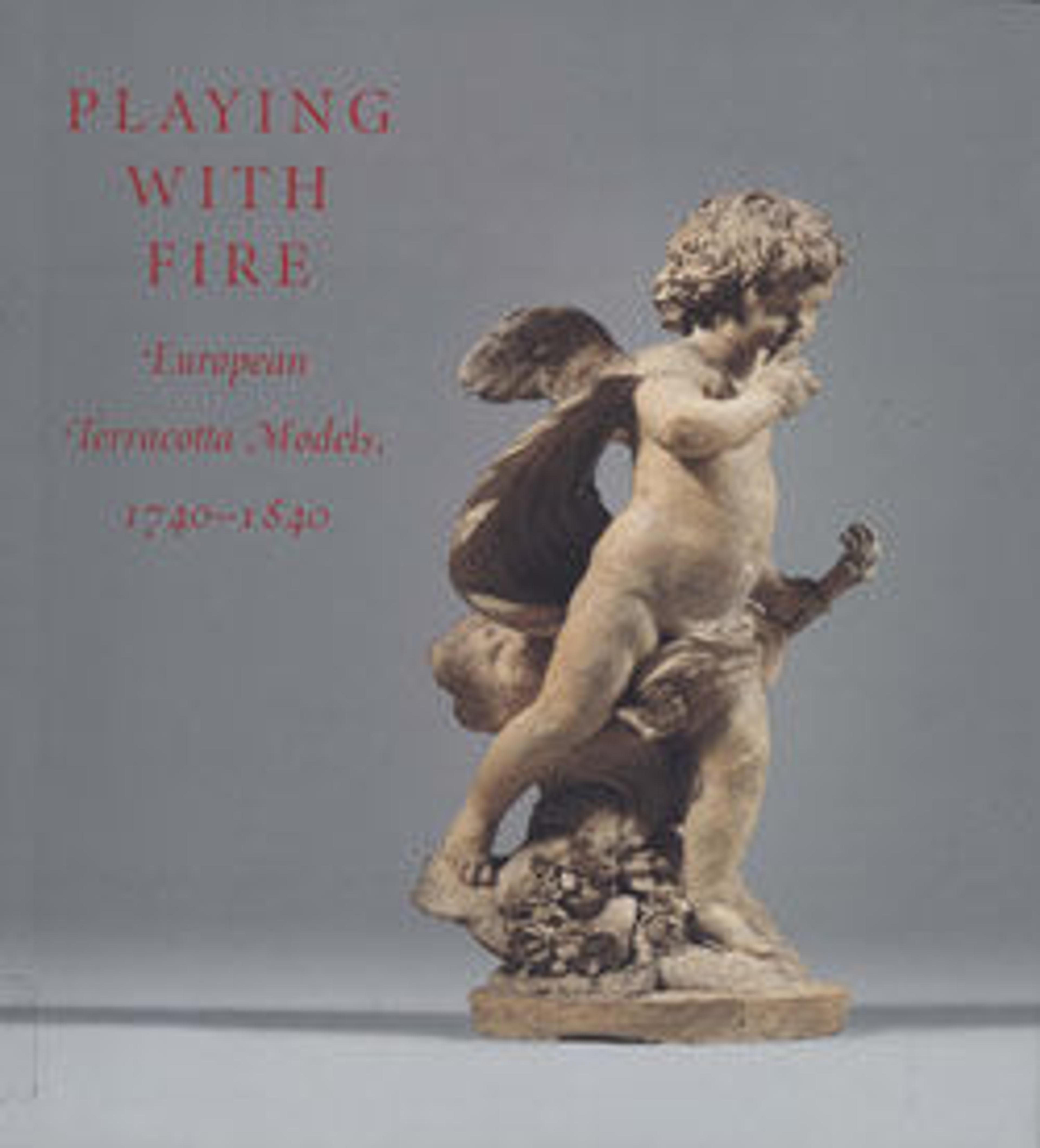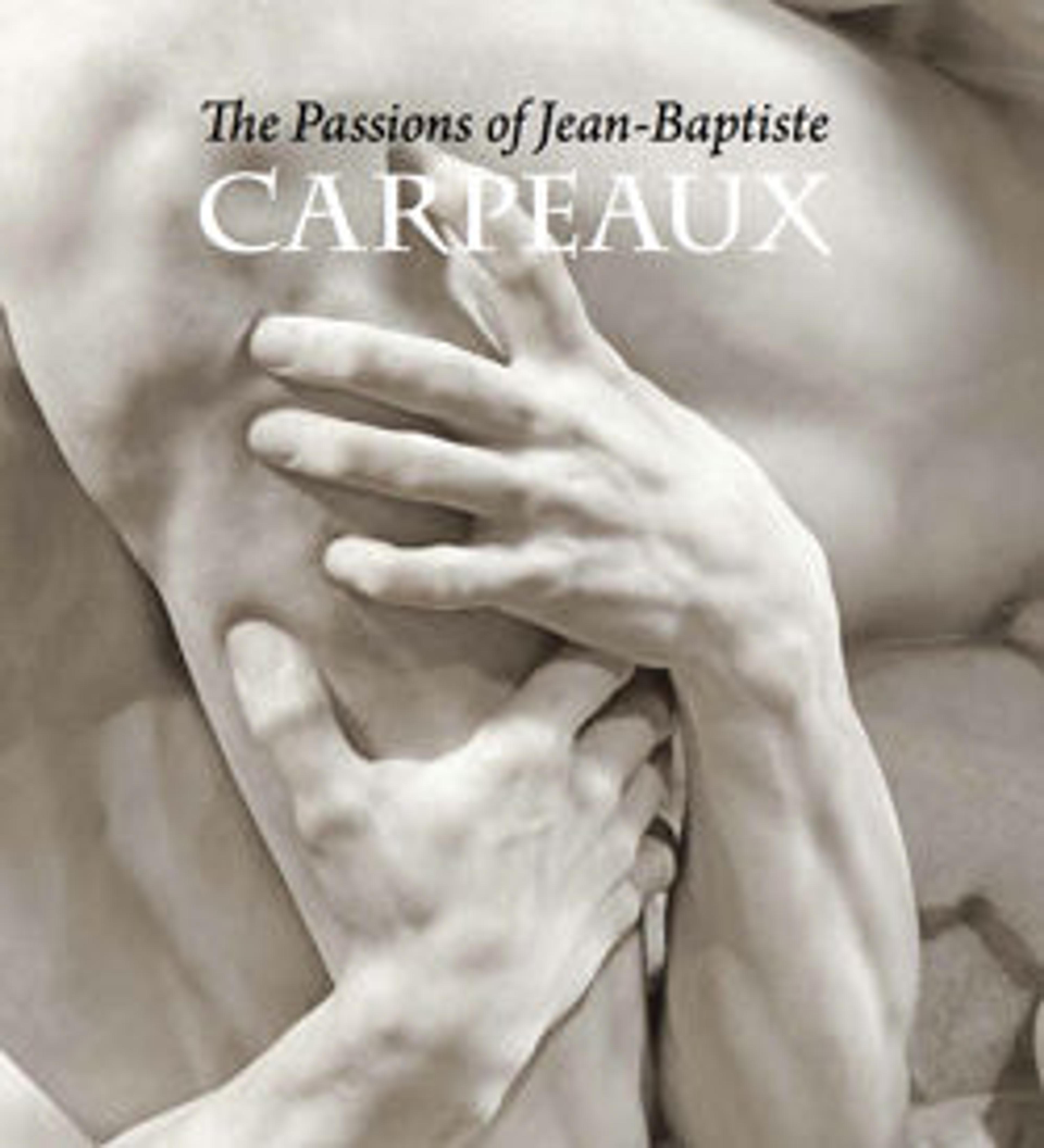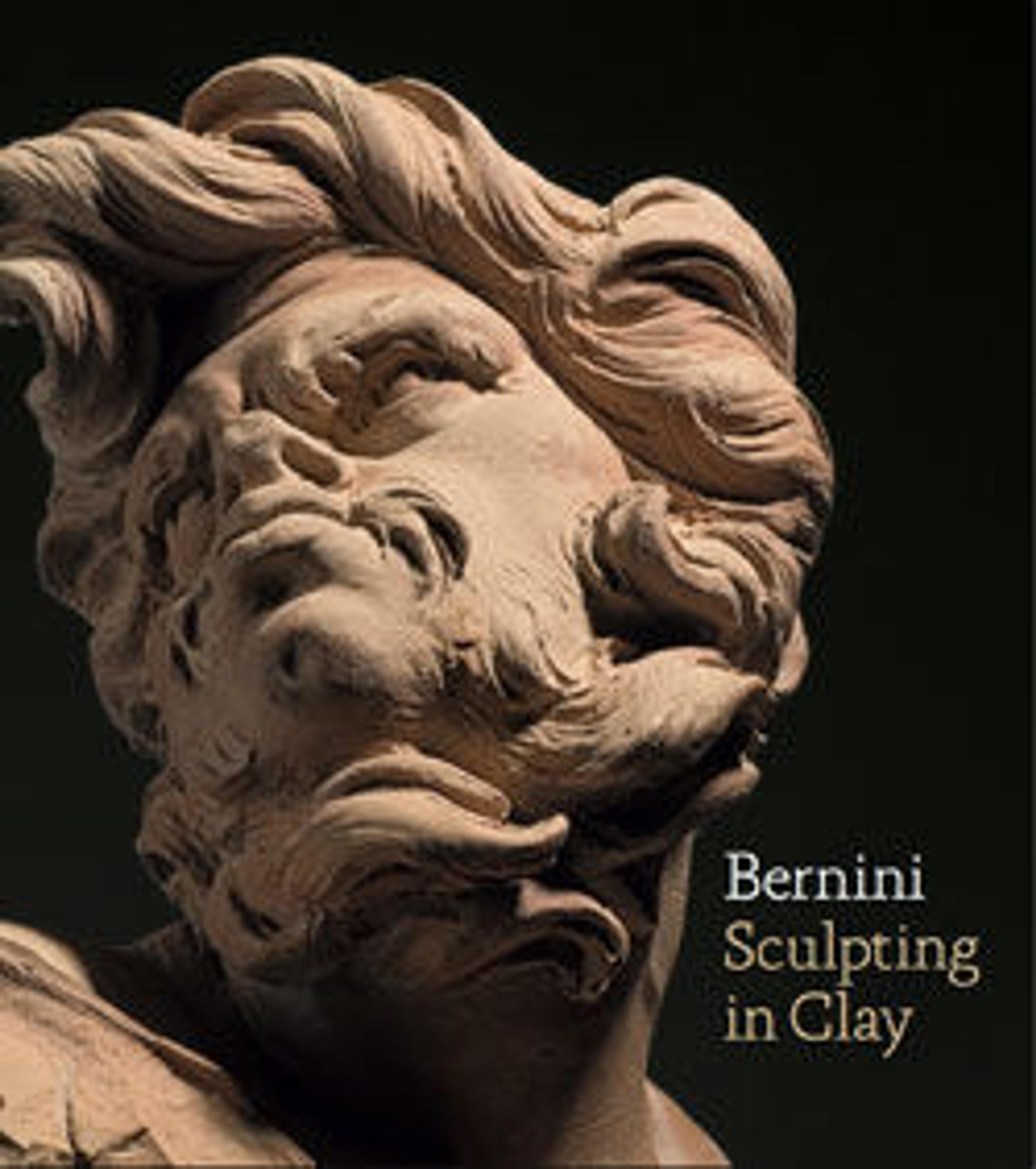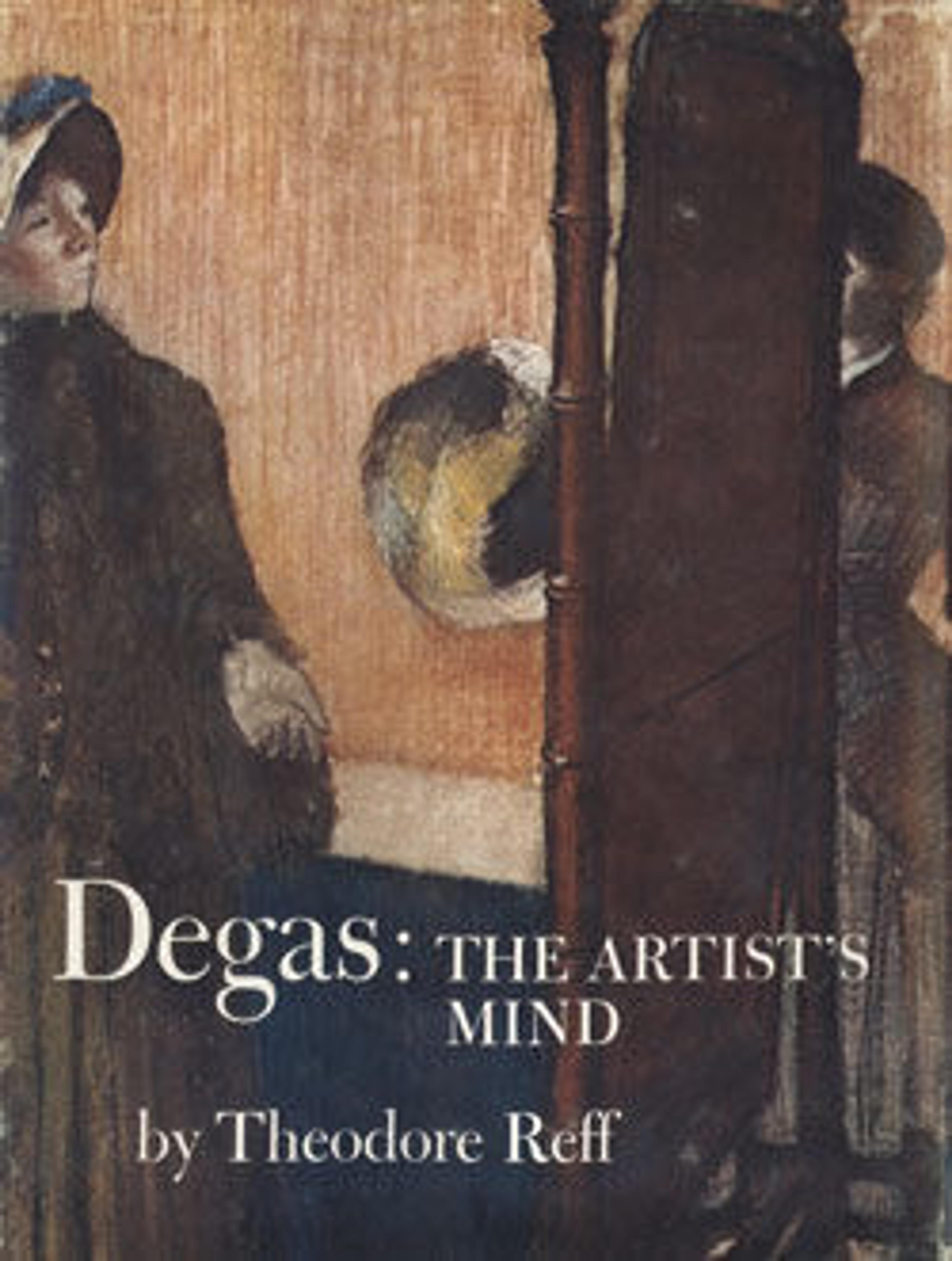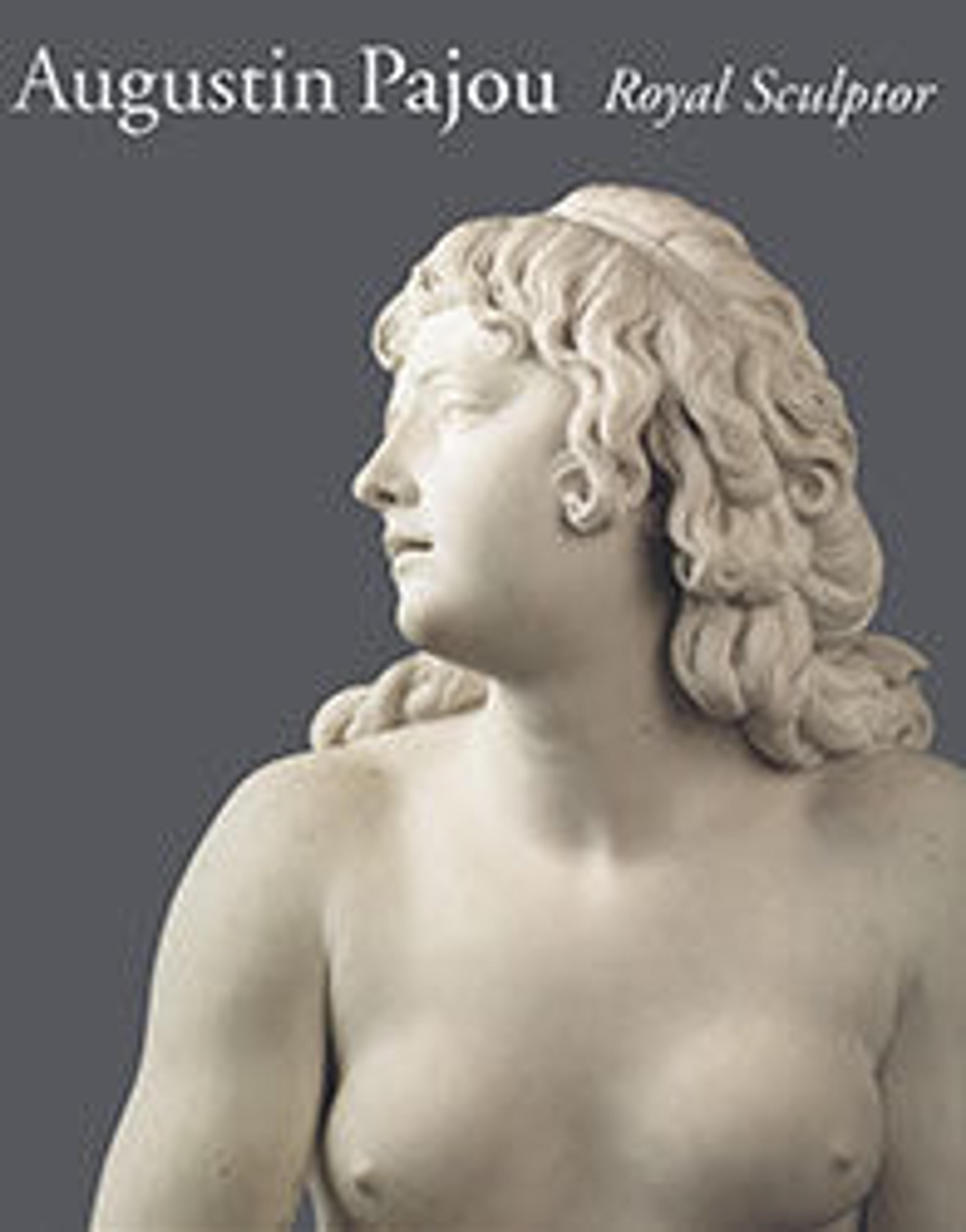
Augustin Pajou: Royal Sculptor, 1730–1809
This groundbreaking publication is the first major study of the French Neoclassical sculptor Augustin Pajou (1730–1809) in almost a century, and it is the only work about him in English. Less known outside his native land than his contemporaries Pigalle, Clodion, and Houdon, he is fully as worthy of attention. Here the artist's work is discussed and illustrated in depth, and the artistic, courtly, and aristocratic circles in which he worked are considered in detail. This fresh examination concentrates on the beginnings of Neoclassicism and explores the philosophical and scientific underpinnings of the Enlightenment, in which Pajou played an important part.
A number of major themes are sounded. Pajou's devotion to Greco-Roman art, fostered by his youthful studies in Rome at the Académie Française, was evident throughout his long career. Antique images and themes sustained him, but his transforming genius was always evident. Very much a man of his time, Pajou participated in the official art world of royal and aristocratic patrons; he flourished in the arena of privilege and power, greatly respected by his peers. Pajou was praised for his designs for the elaborate funerary monuments that were so popular in the eighteenth century. Among his masterpieces in this genre are those that memorialized Anastasia Ivanovna, princess of Hesse-Homburg, and Marie Leszczynska of Poland, which are authoritatively discussed here. Pajou is perhaps most renowned for his portraits, both busts and full-length commemorative statues. All display immense spirit and extraordinary verisimilitude. The reader can hardly fail to be moved by his over-lifesize depiction of Buffon, one of the most fascinating of the philosophes. In the thoughtful essay on this statue, which brings it out of its long obscurity, Buffon lives as a thinker and as a personality. The celebration of Great Men, a quintessential part of eighteenth-century French patronage, is here examined with lively insight.
This publication, which accompanies a major exhibition at the Musée du Louvre, Paris, and The Metropolitan Museum of Art, New York, presents to both the scholar and the general reader a great artist who has at last received his due. The volume is lavishly illustrated and contains a detailed chronology, a short history of the artist's critical reputation, an exhaustive bibliography, and a complete index.
Met Art in Publication
You May Also Like
Press the down key to skip to the last item.
Citation
Draper, James David, Augustin Pajou, and Guilhem Scherf. 1997. Augustin Pajou: Royal Sculptor, 1730-1809. New York : Paris : New York: Metropolitan Museum of Art ; Réunion des Musées Nationaux ; Distributed by H.N. Abrams.
